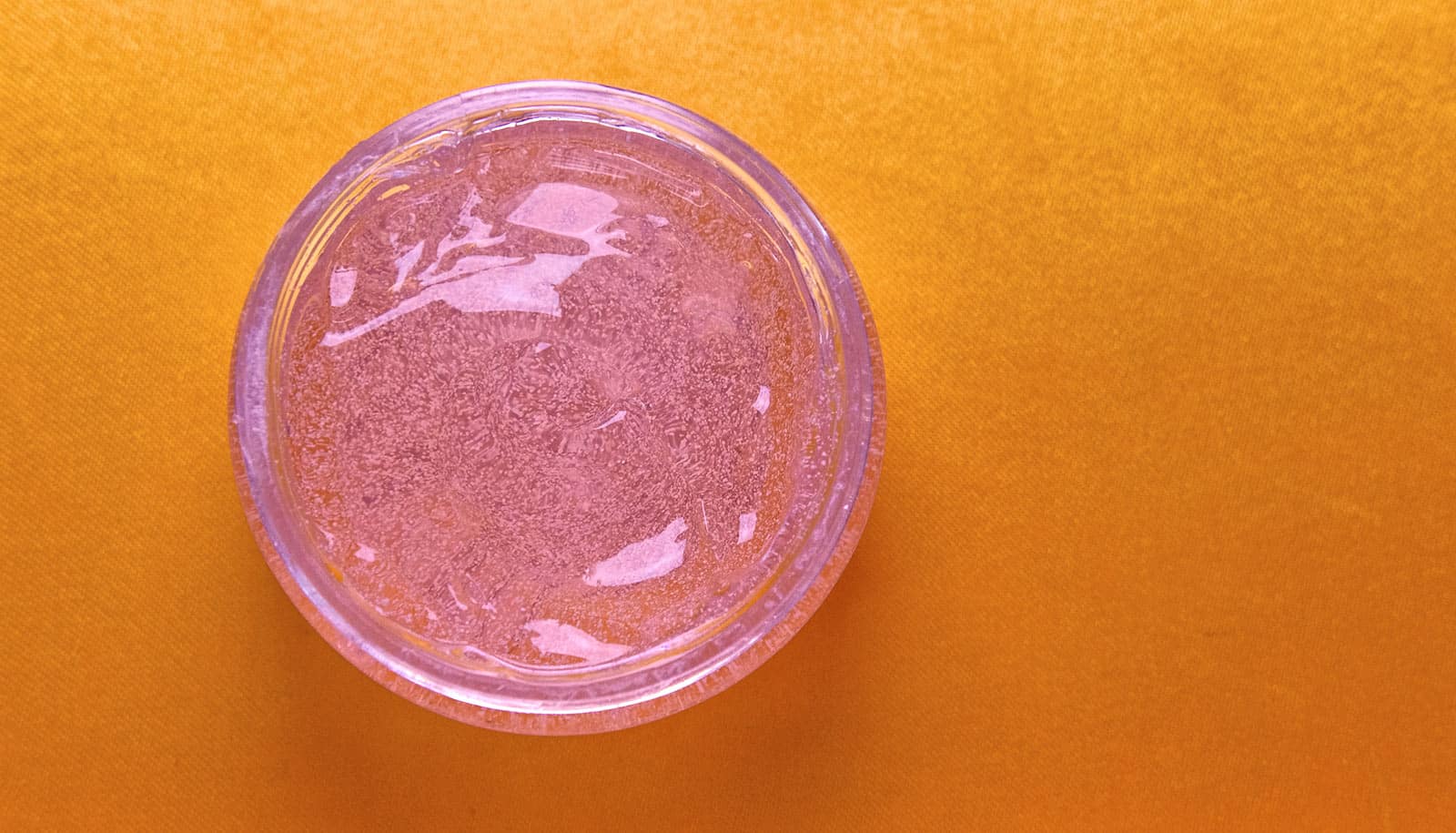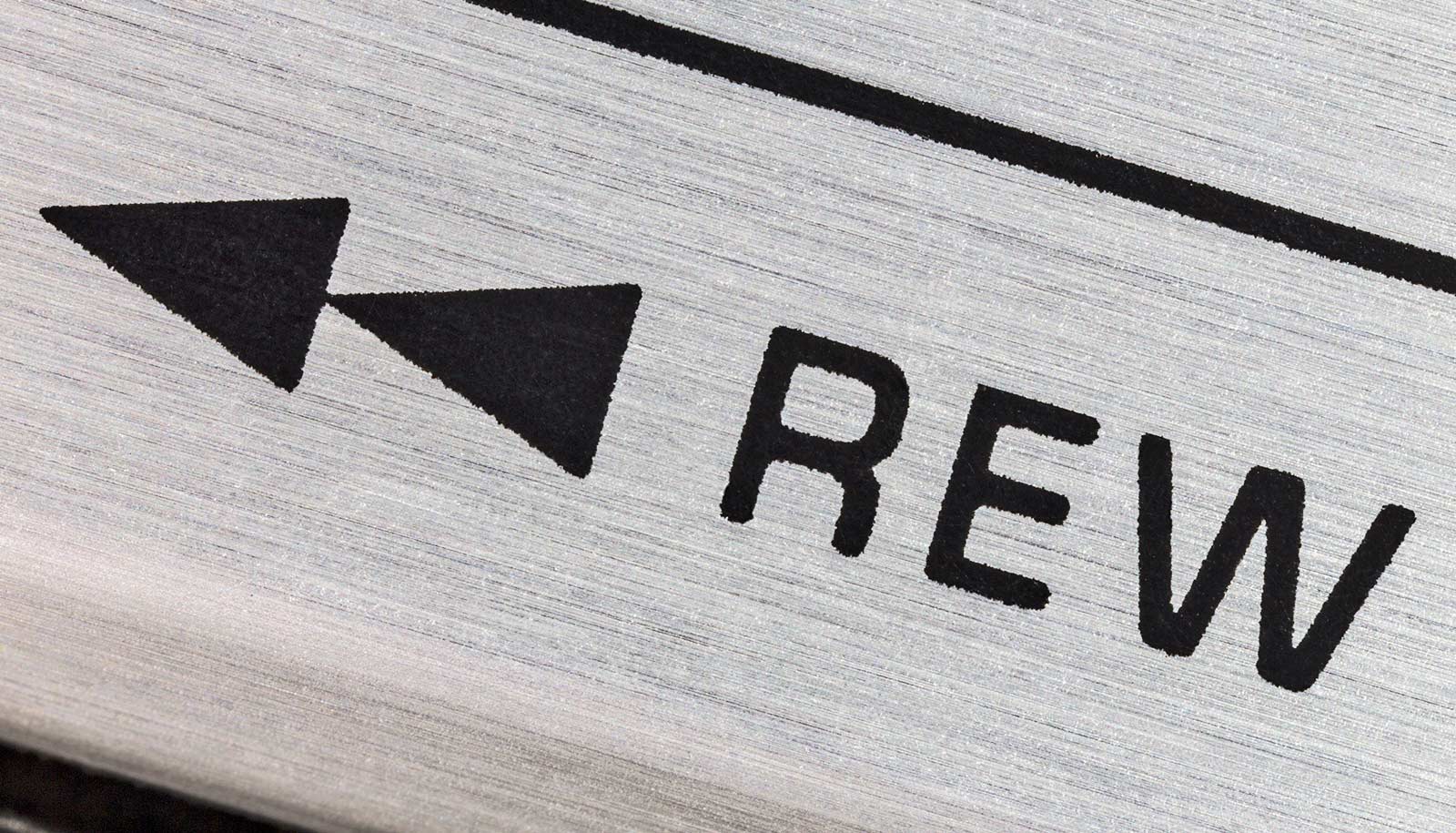Researchers have created a kind of gel that allows them to grow huge numbers of stem cells with much less space, solving some of the biggest problems with producing new stem cells.
“We just don’t know how to efficiently and effectively grow massive numbers of stem cells and keep them in their regenerative state,” says Sarah Heilshorn, associate professor of materials science and engineering at Stanford University.
“This has prevented us from making more progress in creating therapies,” she says. Until now, that is.
The problems and the promise
In their new paper in Nature Materials, Heilshorn and her colleagues describe a solution to the dual challenges of growing and preserving neural stem cells in a state where they are still able to mature into many different cell types.
The first challenge is that growing stem cells in quantity requires space. Like traditional farming, it is a two-dimensional affair. If you want more wheat, corn, or stem cells, you need more surface area. Culturing stem cells, therefore, requires a lot of relatively expensive laboratory real estate, not to mention the energy and nutrients necessary to pull it all off.
The second challenge is that once they’ve divided many times in a lab dish, stem cells do not easily remain in the ideal state of readiness to become other types of cells. Researchers refer to this quality as “stemness.” Heilshorn found that for the neural stem cells she was working with, maintaining the cells’ stemness requires the cells to be touching.
Heilshorn’s team was working with a particular type of stem cell that matures into neurons and other cells of the nervous system. These types of cells, if produced in sufficient quantities, could generate therapies to repair spinal cord injuries, counteract traumatic brain injury, or cure some of the most severe degenerative disorders of the nervous system, like Parkinson’s and Huntington’s diseases.
The solution
Heilshorn’s solution involves the use of better materials in which to grow stem cells. Her lab has developed new polymer-based gels that allow the cells to be grown in three dimensions instead of two. This new 3D process takes up less than 1 percent of the lab space required by current stem cell culturing techniques. And because cells are so tiny, the 3D gel stack is just a single millimeter tall, roughly the thickness of a dime.
“For a 3D culture, we need only a 4-inch-by-4-inch plot of lab space, or about 16 square inches. A 2D culture requires a plot four feet by four feet, or about 16 square feet,” more than 100-times the space, according to first author Chris Madl, a recent doctoral graduate in bioengineering from Heilshorn’s lab.
How inkjet printers help transform stem cells
In addition to the dramatic savings of lab space, the new process demands fewer nutrients and less energy, as well.
The gels the team developed allow the stem cells to remodel the long molecules and maintain physical contact with one another to preserve critical communication channels between cells.
“The simple act of touching is key to communication between stem cells and to maintaining stemness. If stem cells can’t remodel the gels, they can’t touch one another,” Madl explains.
“The stem cells don’t exactly die if they can’t touch, but they lose that ability to regenerate that we really need for therapeutic success,” Heilshorn adds.
Striking results
This need for neural stem cell to remodel their environment differs from what Heilshorn has found in working with other types of stem cells. For those cells, it is the stiffness of the gels—not the ability to remodel—that is the key factor in maintaining stemness. It is as if for these other types of stem cells, gels must mimic the rigidity of the tissue in which the cells will eventually be transplanted. Not so with neural progenitors, says Heilshorn.
“Neural cell stemness is not sensitive to stiffness and that was a big surprise to us,” she says.
The result was so striking and unexpected that Heilshorn, at first, didn’t believe her own results.
The lab ended up testing three entirely different gels to see if their conclusion held, an unusual supplementary step in this kind of research. With each new material, they saw that those that could be remodeled produced quality stem cells; those that could not be remodeled had a negative effect on stemness.
How ‘smart’ stem cells could lead to arthritis vaccine
Next up on Heilshorn’s research agenda is to create gels that can be injected directly from the lab dish into the body. The possibilities have her feeling optimistic about stem cell therapies again. For a time, she says, it felt as if the field had hit a wall, as initial excitement for regeneration gave way to uninspiring results in the clinic. With her new finding, she says, it feels like new things may be just around the corner.
“There’s this convergence of biological knowledge and engineering principles in stem cell research that has me hopeful we might finally actually solve some big problems,” she says.
Additional coauthors are from Stanford University, the University of Virginia, and Chalmers University.
This study was funded in part by the National Institutes of Health, the National Science Foundation, the California Institute for Regenerative Medicine, and the Trygger Foundation.
Source: Stanford University



